The construction of construction is tirelessly forward and produces the latest innovative raw material, which provides long-term use of structures. Among modern solutions, masonry deserves special attention due to its popularity.
The masonry solution is obtained by mixing in the necessary proportion of the three main components: cement, which has bonding properties; Sand that performs the function of the aggregate and water. Such a solution is needed to connect construction composites from stone, concrete blocks, plates and bricks at construction site. When solidifying the solution, monolithic structures of a given height and width are obtained.
The solution can be kneaded with their own hands using a shovel, bucket, trough, manual mixer and concrete mixer. This option is used most often in private house-building, but takes a lot of time and effort. You can also purchase a ready solution, but in this case you need to understand the choice of cement mixture, so that the building built does not destroy, so you need to be performed into what types of work will be performed during construction.
Types and characteristics of a masonry solution
Varieties of masonry solution
By type of binding components, solutions are:
- Gypsum solution. The main components are cement, plaster, sand, water. It has enough quickly grasp and hardening and is an environmentally friendly composition. The strength and water resistance of the mixture is low, therefore used for construction and finishing works, plastering and creating architectural decoratives.
- Lime masonry solution. The main components are cement, lime, sand, water. Used as an easy-made material for bricks, concrete blocks and large stone. There are two types of bases - air (without cement) or hydraulic (with cement) lime. The material is high strength, durable, flexible and plastic, which makes it resistant to cracks and penetration of parasites.
- Cement masonry solution. The main components are cement, sand, water. The most encountered application in masonry, plastering and for coupler. The main difference from concrete is the absence of a large rubble.
- Mixed solution. May contain different components depending on the desired result.
Masonry solutions are divided by the field of application on:
- special - used in the construction of chimneys, furnaces, storage tanks with a high degree of toxicity, non-permanent temperature regime, etc.;
- universal - used in construction from different building materials (for bricks, concrete blocks, stone and others) for residential buildings and industrial buildings;
- colored - used in the building of residential buildings for decorating and decor of an external aesthetic species, allow you to remove the flaws of the main masonry.
Warm masonry solution - forming mixture intended for the compound of cellular structure materials (aerated concrete, gas silicate, phenosilicate, foam concrete, porous cerarmoblocks). The basis in the solution is cement, and as a placeholder instead of sand go: clay sand, perlite, pemps. Because of the low weight and density, this solution is also called "easy".
The air is a bad heat conductor, so in the masonry solution it is necessary to add absorbing components to the constructed structure from loose building materials saved heat. The use of warm material in the masonry promises high thermal insulation of the walls, the heat saving in the home, because the cold does not catch up through the joints and connections. It is usually used when laying outdoor walls, for plastering outdoor and internal floors, for rubbing seams and joints.
The warm material should have high plasticity, excellent adhesion with building materials of masonry, high strength indicator, moisture-hold quality and increased wear resistance. These solutions are needed for energy-saving construction, since it allows you to reduce the amount of energy required for heating the structure. Such a masonry solution is a sales leader in building markets.
From the "cold" solutions, it is characterized by the fact that in it, instead of sand, there are a large number of materials, with a reduced coefficient of thermal conductivity: wood ash, ceramzite, perlite and others. It also includes modifiers and plasticizers that affect plasticity, frost resistance, consumption. In comparison with a simple masonry solution, which is less soft, during its preparation (if you cook very thick), fastening properties will be lost.
If we consider that the blocks are quite vigoring water from the solution, then its flow increases when the blocks are absorbed. Due to the ability of a warm solution for a long time to delay water in itself disappears the need for wetting blocks when using ready-made masonry solutions. Since smaller substituents are used in warm solution in returning sand, it means that it is obtained easier by weight than a simple masonry solution, which means that the foundation is less due to the mass of the masonry, and on the volume of the solution can be saved.
The reliability of the constructed design depends primarily on the material of the masonry, but not from the solutions mark. The brand of the solution is obliged to coincide with the technical pointers of the material of the masonry. Warm solution and a porous ceramic unit in a pair work remarkably, give the walls high heat resistance, increasing the economic effect.
Warm solution can be kneaded independently or with a concrete mixer at low speed. To prepare this solution, it is possible to use the finished mixture with the addition of water, and can be mixed in advance all the components of the mixture in dry form and pour water. The preparation of a dry warm mixture is observed in proportions (1 to 5, respectively, cement and perlite or clay sand, everything is mixed and 1 part of the water is added to 4 parts of the mixture), and the mixed solution should stand only 5 minutes and is ready for use.
The construction work in the firm period of the year is given the best result. This is due to the fact that under reduced degrees, the masonry solution is quickly thick. In such cases, specific components are added, but even such additives do not allow storage strength.
Technical characteristics of a masonry solution
To obtain a solution with certain requirements, various impurities in the form of clay, gypsum, lime, pumice, etc. add to it. The properties of the solution depend on its use. So at the factory you can order a finished solution for plastering or leveling platforms.
The properties of the masonry solution are presented with requirements according to GOST 28013-98:
- humidity;
- temperature interval;
- density;
- mobility;
- fluidity;
- waterproof level.
This GOST provides for dividing solutions and for other criteria: by density and by the type of binder component. By density they are distinguished on fat 1500 kg / m³ or more and skinny 1500 kg / m³ or less. Quartz sand applies in the fatty structure (requirements are presented according to GOST 8736-93), and in the skinny - a porous component.
The main characteristics that high-quality masonry solve must have:
- Adhesion - resistance to the separation or shift and reliable grip between building materials. The weakest place in construction is precisely masonry. The strength of the masonry also depends on the strength of the building elements, the solution and the adhesion strength of the mosquito solution in vertical and horizontal seams with the plane of the building material.
- Water resistant allows you to resist the accumulation of atmospheric precipitation.
- Water separation weakens the setting of the solution with the building material, reduces the strength of the solution, increases the water permeability, corrosion.
- Water retention is the ability of a masonry solution to hold water into the layer of solution when the water-retaining components are completed. In the fresh solution, this ability should reach 90%, and overlays - 10%. The ability to retain moisture is often lost in the process of transportation.
- The impact on other building materials - any solution should not adversely affect the structure of the entire durability.
- Frost resistance - the ability of the solution to distinguish the nominal number of repetitions of frost-thawing. This characteristic in the classifier is defined by the letter F, the digital pointer is determined by the number of repetitions of freezing-thawing within 50-1000.
- Plasticity is necessary to correct the position of the building materials folded among themselves. Plasticity is achieved by adding plasticizers to a solution. This is a more efficient method for reducing water content in a solution by 14%. Plasticizers of a masonry solution of domestic manufacturer are powdered and liquid lignosulfonates. They are obtained from recycled cellulose waste. The content of plasticizers in the masonry mixture improves its plasticity. Superplasticizers on melamine resins and hyperplasticizers based on carboxylates of foreign production make it possible to make a solution convenient in operation. Their disadvantage is a high price. As a plasticizer, clay can be used or a sand mix with clay. In private house-building in a masonry solution, a liquid soap is added to increase plasticity. Surfactants in the form of air bubbles replace water in the solution and make it movable. Such an application of "substitutes" of plasticizers leads to a decrease in the strength of the frozen solution and frost resistance, an increase in the time of setting, the water permeability of the masonry, the wetting of the walls and the formation of mold, high-formation, shrinkage and the destruction of the walls.
- Mobility - the ability of the solution under its own weight is blurred on the surface of the building material and fill in the maximum of interruptions and empty spaces. Determines the plasticity of the masonry solution. Mobility is determined using a special metal cone shell weighing 0.3 kg, with an angle at the top of 30 degrees and 0.15 m high. The measurement is made in the depth of the cone into the solution and is calculated in centimeters. The solution with a mobility of 0.08 M of the cone precipitation is used to masonry the hollow brick, up to 0.14 m for a whole brick.
- Strength is the main indicator of a high-quality masonry solution. It depends on the capital laying and the probability of pressure on the supporting structures. The unit of strength measurement is considered a kilogram-force for one square centimeter (kgf / cm²). In M100 Material Material, the letter pointer determines the strength, and the digital is its digital value. Depending on the added binder component, the solution is greasy and skinny. The first material is very durable and accommodates a greater volume of cement than sand, but it has a minus that it instantly freezes and it needs to be quickly used. Also over time, it is subject to cracking. In the second solution, on the contrary, a larger amount of sand than cement. It is blurry, fills micronether and empty intervals, frozen slowly. Minus him is that he is not durable.
- Related depends on the composition and structure of the solution. Introduction to the clay solution or lime it can be reduced.
Brand of masonry solution
It is known that solutions - an indispensable component in construction, their specification is as follows: cement, lime, cement-lime. Masonry solutions differ in strength, which has its own brand. After 28 days, compressive strength is classified by stamps, which show the load value during compression, rendered on a masonry solution.
Masonry solution brand 50
Brand 50 is suitable for laying stone and bricks. The composition of the solution includes cement and lime, as a knitting element. With this solution, different roughness in masonry stone, pressure and load between stones or bricks are distributed equifiable.
Also, the solution of the brand 50 serves as filling of the seams when the construction elements are inconsidered, due to which the construction becomes moisture refractory, the durability of the structure increases. The named solution is most often used in the construction of low-rise buildings. Builders are able to knead such a material on their own on the site and to fully apply it.
Masonry solution brand 75
The mixture of grade 75 refers to high-class materials by type of waterproof and superplication. It is often used in the construction of land structures and foundations for public and industrial buildings. The mixture of brand 75 finds a large application in the construction of walls, assembling structures from reinforced concrete materials, masonry of various blocks, strengthening the foundation, preparation of screed and alignment of the floor, repair.
The material of the brand 75 belongs to the type of complex and mixed mixtures, all its components must be carefully mixed. This effect can be achieved only at the factory using special equipment. The ambient temperature also acts on the strength of the masonry material.
A sharp decrease in the ambient air temperature at the time of solidification leads to harvesting and freezing, with raising temperatures there is a strong evaporation of water. Improve the quality of the solution can be made plasticizers and additives. The mixture of grade 75 includes cement, sand and water, but the construction sand is used by a fraction of about 2.5 mm, and its strength increases due to the filling component (the large size of the grains, the surface roughness, the density of the components).
Masonry solution brand 100
Brand 100 is also the most popular among the remaining types of solutions. His large amount is applied in industrial and urban new buildings. The masonry solution of the brand 100 is used when laying external floors of stone, internal partitions, brick columns and various blocks.
It is often used when smoothing the level of floors and fill various screeds. The solution is very in demand in creating a foundation for a soft roof, as a result of its waterproof. Constantly a mixture of brand 100 is used for the preparation of plaster, for some types of designer and repair work.
Also, the solution is used for masonry mosaic, plaster tiles, eliminating roughness, alignment of seams between tiles. The mixture of brand 100 consists of cement, sand and water taken in the necessary proportions. Such a component as a building sand is used by a fraction of 0.5-1 mm.
The resistance of the solution increases due to the aggregate: the large size of the sands, the surface roughness, the compactness of the components of the elements. To increase the softness and convenientness in the already cooked solution, plasticizers and water emulsions of cashews in rational attitude towards central elements are added. For plaster, a lime-cement connection is used, where lime milk makes it softer and adds viscosity.
Masonry solution brand 125
Brand 125 is also no less popular and in demand among all types of material for masonry. Most often applied in industrial and urban buildings. The masonry material of the brand 125 is used in the construction of external walls of stone, interior partitions, brick columns, various blocks.
Such material is needed when centening of floors, fill various screeds. The most in demand also in the formation of the foundation for a soft roof, due to its waterproof. Constantly a solution of brand 125 is used to prepare plaster and for some types of designer and repair work.
It is often used for decoration of stained glass, masonry of gypsum tile, the elimination of roughness, alignment of the seams between the tiles. As a decorative solution is applied to the components of the facades, the creation of limiting structures, bas-reliefs, works of architecture and decorative landscape sculpture. The masonry material of the brand 125 consists of cement, sand (used by a fraction of 0.5-1 mm) and water, and the hardness of the solution increases due to the aggregate: the large size of the grains, the surface roughness, the density of the components of the elements.
Masonry solution brand 150
Mark 150 is characterized by increased hardness and is applied in the field of complex erection. Therefore, there is no need to add binding elements to this solution with a lower class. As a result, the solution of the brand 150 does not take plaster, lime and low viscosity elements.
This solution is suitable for masonry, but most of all apply to the creation of foundations on soils and low strength surfaces, and is also used in hydrotechnical tooling of sewage, stock channels of roads, pools and water parks. In domestic construction, the solution is used for floors of floors, masonry ceramics and facing surfaces, when finishing concrete structures, it is indispensable as plaster. The masonry solution of the brand 150 is not sensitive to low temperatures, but requires a regime to stick from 5 to 35 degrees.
Masonry solution of brand 200
Brand 200 is characterized by an increased heat resistance, refractory, waterproofability, which provides the ability to use it in the construction of special and complex objects. Like all the above mixtures, the M200 brand is prepared from cement, sand and water. Machined mountain sand is used without organic compounds: limestone fragments and seashells, a fraction of about 3 mm.
How to make a masonry solution?
Composition of masonry solution
For the preparation of the solution, they do not need special skills with their own hands, so this simple process will require:
- big bore or better concrete mixer;
- bucket;
- water;
- shovel;
- sand;
- sieve;
- cement.
The proportions of the masonry solution
The proportions that are most often applied may be such types:
- 1 part of cement (M25) on 5 parts of sand;
- 1 part of cement (M50) on 4 pieces of sand;
- 1 part of cement (M75) on 3 parts of sand.
Preparation of solution
In the construction of large-scale facilities it is more convenient to acquire a cement solution of factory manufacture. The quality of solutions from the factory is strictly observed, but to make it personally and withstand compliance with dosing and mixing is quite problematic. Usually the correspondence of the component parts is approximate due to the brand and the initial properties of materials.
All manufacturing stages must be completed at a specific order:
- Sift sand through a sieve to get rid of the construction trash.
- Create a dry mixture by mixing sand and cement in dry form.
- The proportions observe according to the instructions and, depending on the brand of the manufactured masonry solution.
- Mix carefully for 2 minutes.
- Pour at first a small amount of water.
- Suck a mixture of cement with sand.
- Mix 2 minutes.
- Pour the remaining water.
- Mix the solution to obtain a homogeneous mass of about 2 minutes.
- We pour into a special container from which masonry work is underway.
Ready masonry is desirable to use for 2 hours. If you knead a large amount of solution and do not use it on time, then it thickens and disappears. The solution consumption depends on the size of the construction masonry material.
The masonry solution can be prepared from the finished dry mixture, which is sold in a construction store, but the most important thing is to act strictly according to the instructions. For mixing, the same concrete mixer is used, and the amount of water is indicated in the instructions on the package. If you comply with all the recommendations, the masonry solution will be solid.
You can prepare a masonry solution on your own forces, and can be ordered at the factory. The most important thing to adhere to the preparation technique and check the quality of the material used. The finished masonry solution makes it possible to save time on its preparation, especially since the solutions created by professional recipes guarantee the durability of the masonry and reliable clutch, as well as they are light and harmless in use and do not require applications of additional forces and materials.
Video lesson
Detailed video footage on the independent preparation of a masonry mixture for bricks:

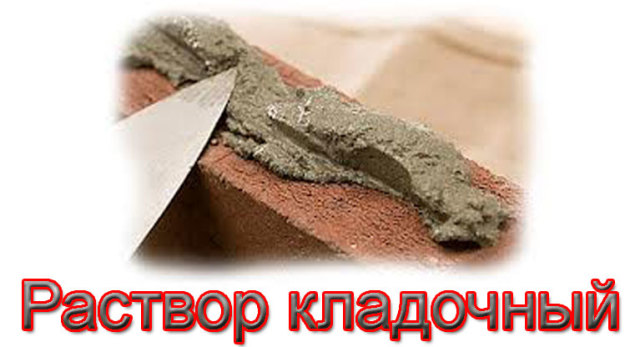
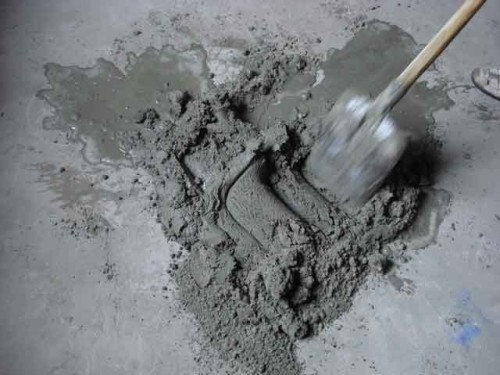
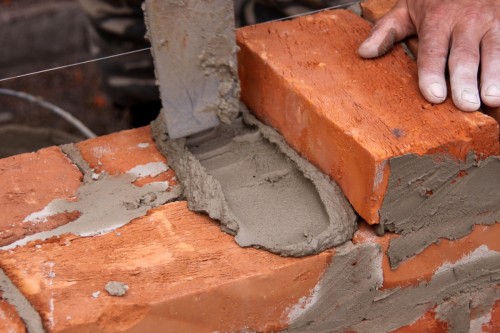
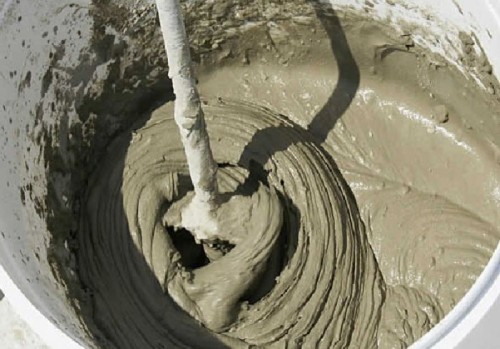
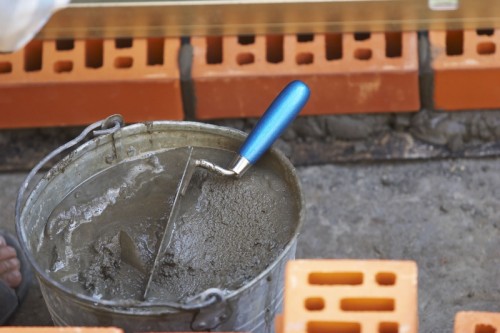
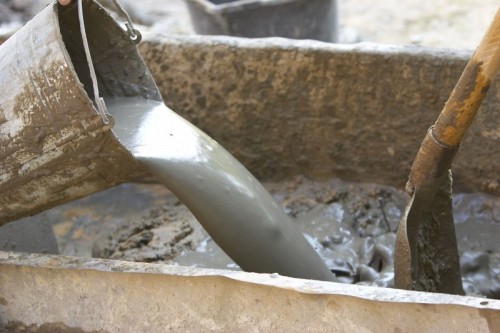
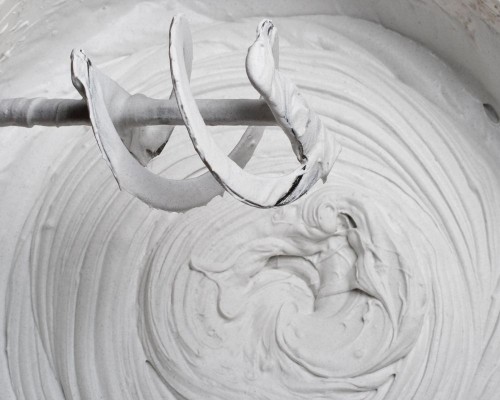

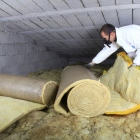
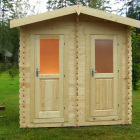

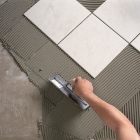



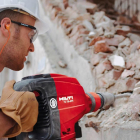

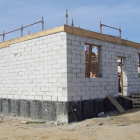
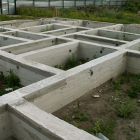
 Start a discussion ...
Start a discussion ...